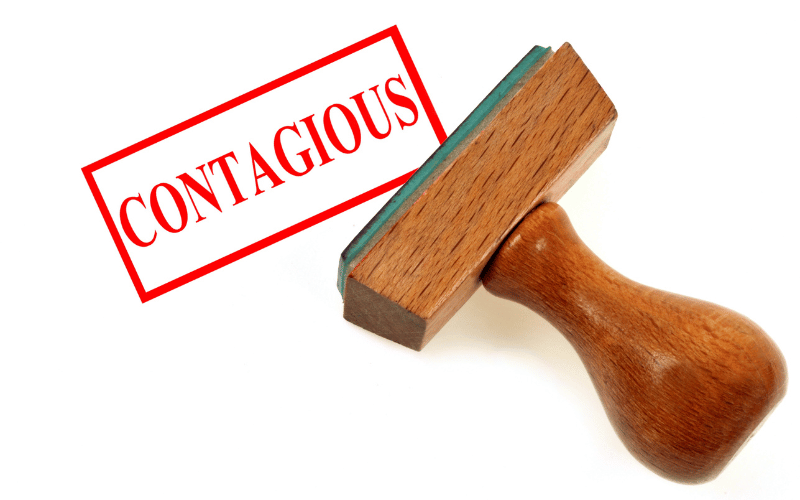3. Transmission Tales: The Path of the Virus

HFMD is highly contagious. The primary mode of transmission is through direct contact with an infected individual’s nose and throat discharges, saliva, blister fluid, or stool. It’s a clear reminder of why hygiene practices, such as handwashing, are crucial.
A lesser-known fact is that the disease can remain communicable long after the visible symptoms have subsided. The virus can persist in the body for weeks, which is why some people, especially adults, can unknowingly be carriers and transmit the virus without showing any symptoms themselves.
Shared toys, utensils, or any object that has come into contact with an infected person can harbor the virus. In shared spaces like schools or daycare centers, the disease can spread like wildfire, especially if sanitation measures aren’t strict.
Environmental factors play a role too. The virus can thrive on unclean surfaces, waiting to hitch a ride with the next unsuspecting individual. Regular cleaning and disinfecting common areas are pivotal in curbing its spread. (3)